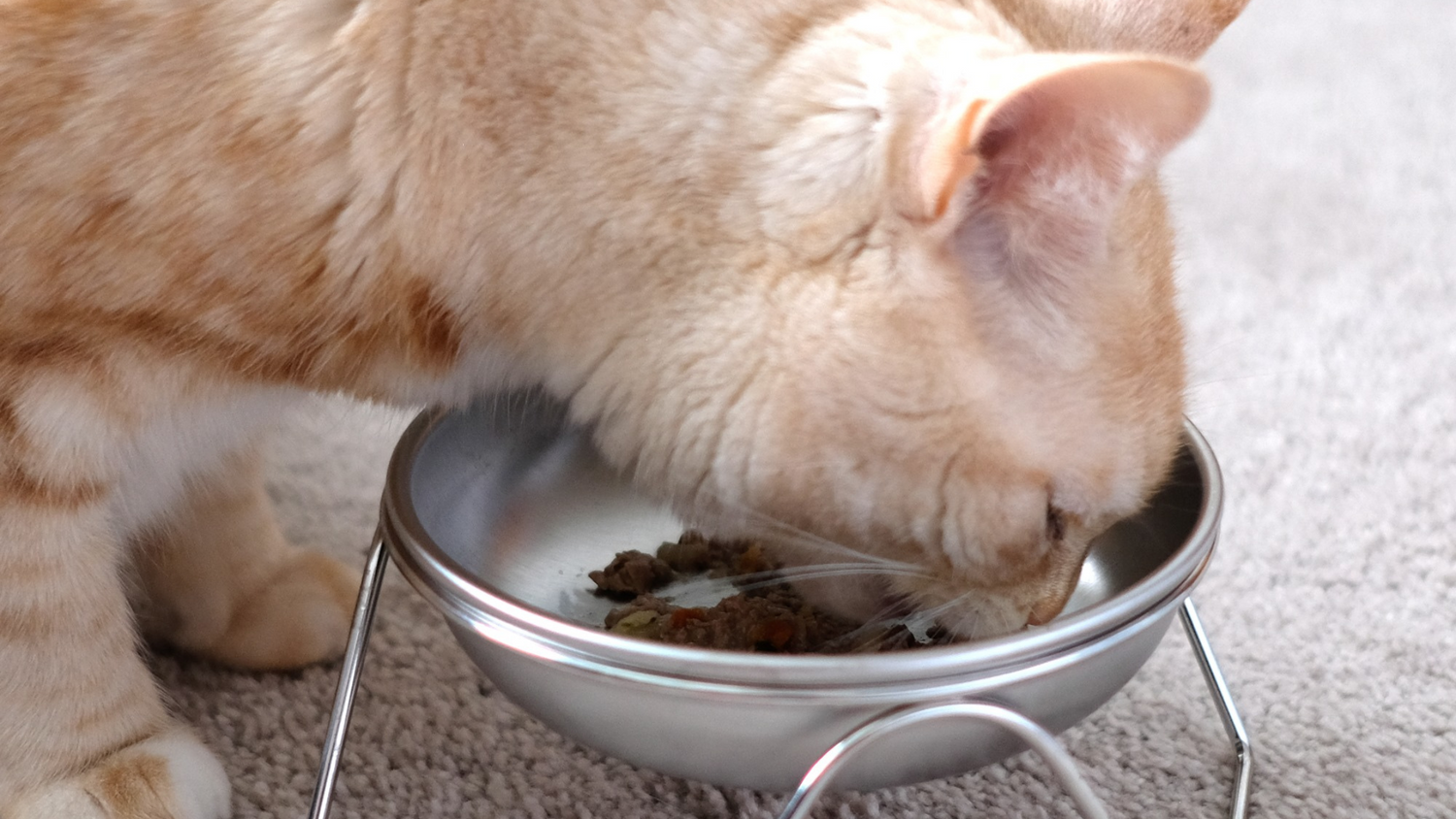Dogs are usually known for their agility and keen sense of spatial awareness. However, there are times when our furry friends can be a bit clumsy, bumping into furniture, walls, or even people. It may seem amusing or even endearing, but have you ever wondered why dogs sometimes exhibit this behavior? Let’s explore the reasons behind their occasional clumsiness and what you can do to help them navigate their surroundings more effectively.
The Physiology of a Dog
Understanding the physiological makeup of a dog can shed some light on why they might occasionally bump into things. Dogs have a unique vision compared to humans. They have a higher concentration of rod cells in their eyes, which allows them to see better in low light situations. However, this comes at the expense of color vision and visual acuity. While dogs can perceive motion and see well in dim light, their depth perception and ability to see fine details may be limited.
Additionally, the positioning of a dog’s eyes plays a role in their visual capabilities. Their eyes are located on the sides of their head, giving them a wider field of vision. This panoramic view is advantageous for detecting movement and spotting potential threats in their environment. However, it also means that their binocular vision, which is crucial for depth perception, is not as developed as in humans. As a result, dogs may have difficulty judging distances and spatial relationships, leading to occasional clumsiness.
Behavioral Factors
Apart from their physiology, certain behavioral factors can contribute to a dog’s clumsiness. Puppies, for example, are still learning to coordinate their movements and understand the physical world around them. It’s natural for young dogs to be more prone to bumping into objects as they develop their motor skills and spatial awareness.
Older dogs, on the other hand, may experience a decline in their senses and physical abilities. Vision and hearing loss, arthritis, and cognitive issues can all impact a senior dog’s coordination and ability to navigate their surroundings. If your older dog is showing signs of clumsiness, it’s essential to have them checked by a veterinarian to rule out any underlying health issues.
Environmental Factors
The layout and design of your home can also influence your dog’s tendency to bump into things. Cluttered spaces, narrow hallways, and unfamiliar furniture arrangements can all pose challenges for your dog as they move around. Similarly, changes in the environment, such as rearranging furniture or moving to a new house, can disorient and confuse your dog, leading to temporary clumsiness.
Loud noises, sudden movements, or unfamiliar scents can also startle your dog and cause them to inadvertently collide with objects. It’s important to create a safe and predictable environment for your dog, especially if they have a history of clumsiness or are easily spooked.
Assisting Your Clumsy Canine
While it’s natural for dogs to have occasional clumsiness, there are steps you can take to help them navigate their surroundings more effectively. Firstly, make sure that your dog’s living space is organized and free of hazards. Remove any obstacles or clutter that might impede their movement, and create clear pathways for them to travel through.
If you have a senior dog, consider providing them with ramps or steps to access elevated areas, such as beds or couches. This can help prevent them from attempting risky jumps and experiencing unnecessary falls or collisions.
You can also work on reinforcing your dog’s spatial awareness through training and enrichment activities. Teaching them to respond to verbal cues or hand signals can help them navigate their environment with more confidence. Additionally, engaging your dog in mental stimulation, such as puzzle toys or scent games, can improve their cognitive abilities and overall awareness.
Conclusion
Dogs may sometimes exhibit clumsiness due to a combination of physiological, behavioral, and environmental factors. Understanding their unique vision and behavioral development can help you empathize with their occasional mishaps. By creating a safe and supportive environment, as well as engaging in mindful training and enrichment, you can assist your clumsy canine in maneuvering through their world with more grace and confidence.
FAQs
1. Is it normal for dogs to be clumsy?
Yes, it is normal for dogs to be clumsy at times, especially when they are puppies or in their senior years. Dogs may also experience temporary clumsiness when they encounter changes in their environment or when they are startled.
2. Should I be concerned if my dog is frequently bumping into things?
If your dog is consistently displaying clumsiness or is experiencing other concerning symptoms, such as disorientation, reduced appetite, or lethargy, it’s important to consult with a veterinarian to rule out any underlying health issues.
3. How can I help my clumsy dog navigate their environment better?
You can help your clumsy dog by creating a safe and organized living space, providing assistance for senior dogs, and engaging them in training and enrichment activities to improve their spatial awareness and cognitive abilities.
dog bumping into things
Clumsy Canine: Why Dogs Sometimes Bump into Things
It’s a common sight to see a dog bump into things. Many pet owners may wonder why their furry friends seem to be so clumsy. There are a few reasons why dogs sometimes bump into things, and it’s important for pet owners to understand these causes.
One reason dogs might bump into things is because of poor eyesight. Just like humans, dogs can suffer from eyesight problems such as cataracts or other vision issues. This can cause them to misjudge distances and bump into objects they didn’t see clearly.
Another reason for a dog’s clumsiness is that they may have a lack of spatial awareness. Some dogs simply aren’t as good at navigating their surroundings as others, and they may not have a clear understanding of where objects are in relation to their own bodies. This can result in unintentional collisions with furniture, walls, and other objects.
Additionally, dogs may bump into things because they are easily distracted. Dogs are known for their curious nature, and they may become so focused on something else that they lose sight of where they are going. This can lead to accidental collisions with objects in their path.
Furthermore, some dog breeds are naturally more prone to clumsiness than others. Breeds with short or flat noses, such as pugs and bulldogs, often have difficulty seeing objects that are close to the ground. This can cause them to bump into things more frequently than other breeds.
It’s also worth noting that puppies are more likely to be clumsy and prone to bumping into things as they are still learning to navigate their surroundings. Their coordination and spatial awareness are still developing, making them more likely to collide with objects in their path.
Finally, it’s important to mention that older dogs may also become more prone to bumping into things due to age-related vision and cognitive decline. As a dog ages, it’s important for pet owners to be mindful of their surroundings and make accommodations to ensure their safety.
In conclusion, there are several reasons why dogs sometimes bump into things, including poor eyesight, lack of spatial awareness, distraction, breed characteristics, and age-related changes. Understanding these causes can help pet owners better care for their furry friends and make adjustments to their environment to prevent accidental collisions. dog bumping into things








